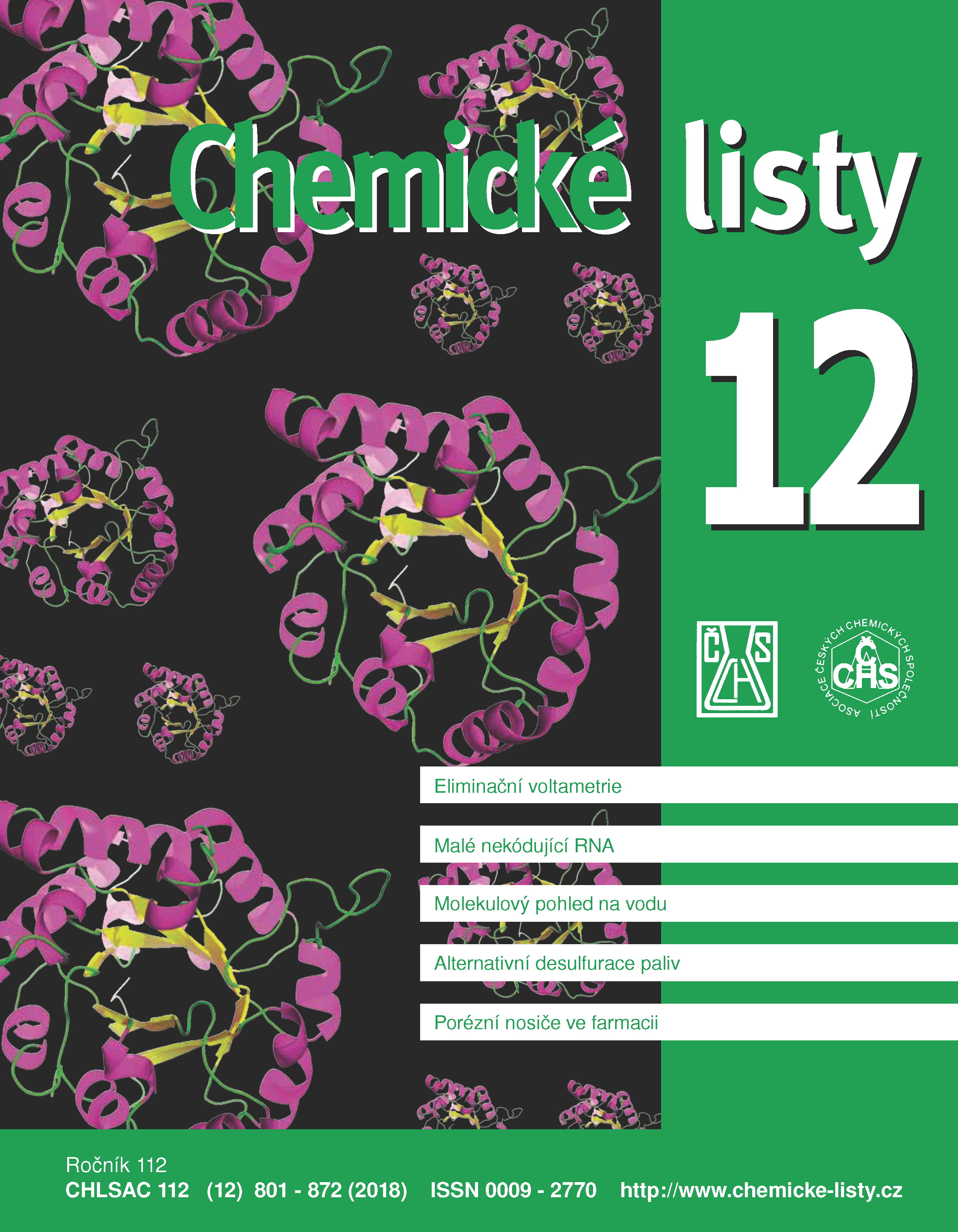Catalysis by an Overlayer for the Hydrogenation of Nitriles
Keywords:
catalysis by metals, carbonaceous chemisorbed overlayer, reaction mechanism, hydrogenation, aminocarbyneAbstract
The concept of the so-called "overlayer catalysis" belongs, besides the well-known pair of Langmuir-Hinshelwood and Eley-Rideal mechanisms, to the core mechanisms of heterogeneous catalysis on metals. In this review, the concept is briefly summarized and discussed in the context of experimental research of mechanism and kinetics of nitrile hydrogenations and amine conversions on metal catalysts. According to the concept, the metal surface is covered with a very strongly chemisorbed monolayer of carbonaceous fragments and species in the hydrogenation-dehydrogenation processes occurring on a metal catalyst; and this overlayer is an active part of the working catalyst. The concept assumes that the molecule of a reactant can be converted even without creating a chemical bond with the metal surface atom, i.e., that the reactants are adsorbed on the top of the overlayer where the transfer of atoms can occur. The idea of reactions proceeding on the top of the overlayer ‒ without direct contact with the metal surface ‒ is less likely for structure sensitive reactions and reactions where the type of metal affects reaction selectivity (such as in hydrogenations of nitriles). For them, the reaction mechanism must be more complex. Parallel chemisorption of strongly bound species of the overlayer and less strongly bound true reaction intermediates on metal active sites is likely. Thus the strongly bound species modify the metal active sites and impart them "proper" catalytic properties. It follows from the overlayer catalysis that not all surface species that are identified by spectrophotometric methods in surface studies must necessarily be the true reaction intermediates ‒ which, of course, complicates the elucidation of the real reaction mechanism.





